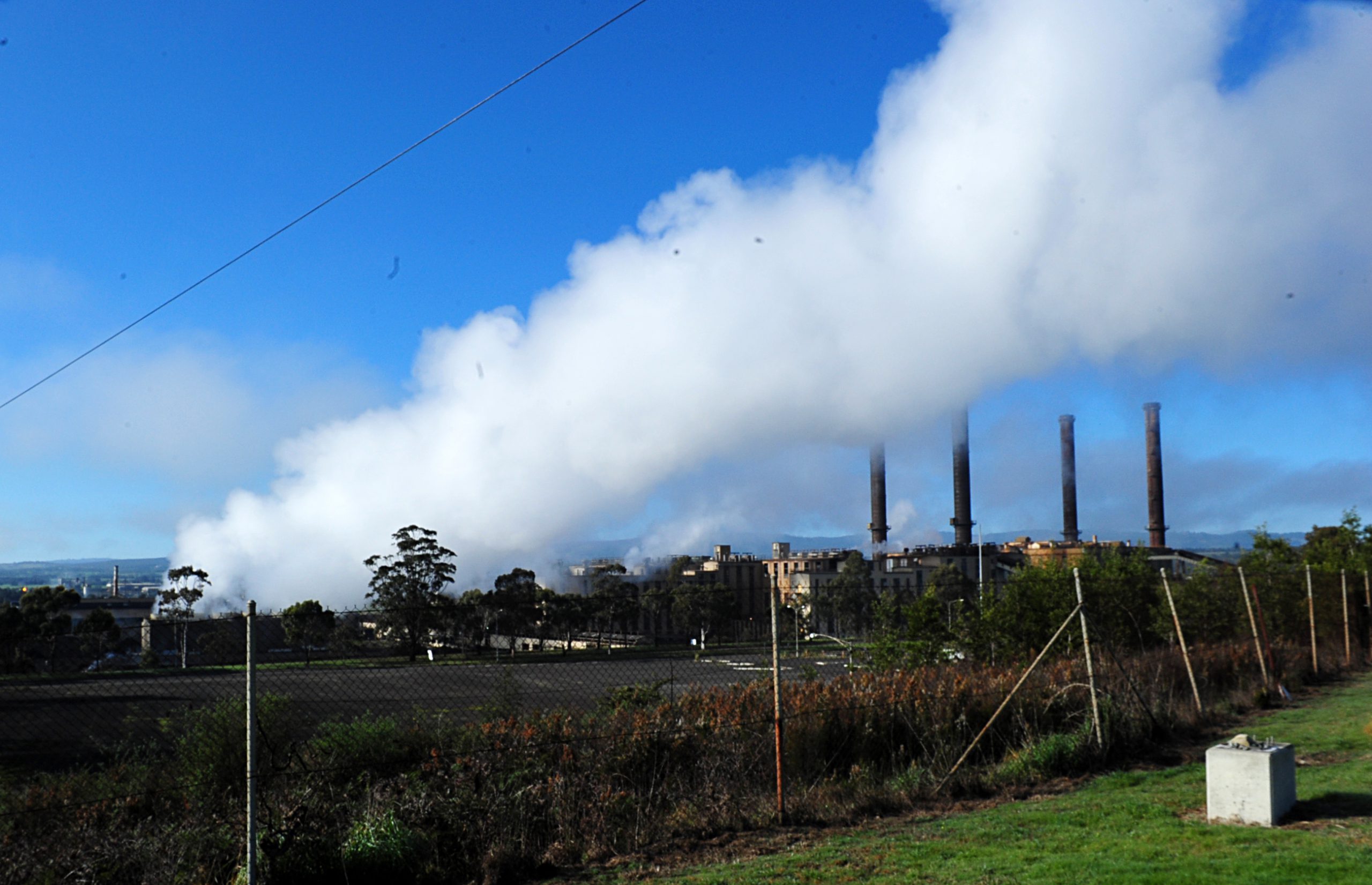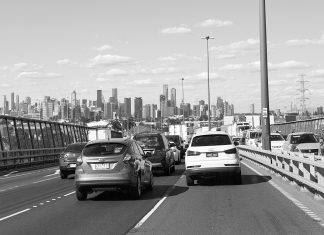The demolition of the Morwell Power Station can proceed after Heritage Victoria granted a request by site owner HRL to knock it down.
Heritage Victoria decided to heritage list the site, which has laid dormant since 2014, in February this year.
The listing was granted following an application from Moe heritage advocate Cheryl Wragg last year to have the site’s heritage value investigated.
But today, Heritage Victoria executive director Steven Avery announced the site could be demolished.
“After a thorough assessment process, we have elected to grant a heritage permit, subject to conditions, allowing for the demolition of buildings associated with the use of the place as a power station,” Mr Avery said.
“Importantly, this permit does not relate to the existing briquette factory which is to be preserved for future use.”
The permit was granted subject to conditions, such as requiring the detailed archival recording of the buildings and elements that will be demolished.
Oral histories from former workers and a 3D recording and modelling of the entire site will also be undertaken.
Opportunities will also be investigated to relocate significant equipment from the power station to museums or other local organisations.
The site owner will also be required to develop a conservation management plan and a schedule of repairs and conservation works for the briquette factory.
Heritage Victoria’s decision to approve the demolition of the power station follows Latrobe City Council’s decision this week to defer a decision about creating an asbestos dump on the site.
Councillors fear that any asbestos stored on site would be too close to Morwell.
In handing down his decision, Mr Avery expressed concerns about asbestos at the site.
“As part of this decision, Heritage Victoria considered a range of factors, including the impacts on cultural significance, reasonable and economic use of the place, and risks to public safety relating to asbestos contamination,” he said.
“The applicant demonstrated that asbestos existed within the exterior cladding of the power station as well as the internal structure and machinery, and that management or removal of asbestos was not a practical or viable solution. It was estimated that there is a volume of 7,600 cubic metres of asbestos at the place, with most of it contained within the power station buildings.
“Our decision also factored in feedback from the local community, which was able to have its say through the exhibition process of the permit application.”
For more information, visit heritage.vic.gov.au/permits/permit-decisions.
For more, see tomorrow’s Express.











